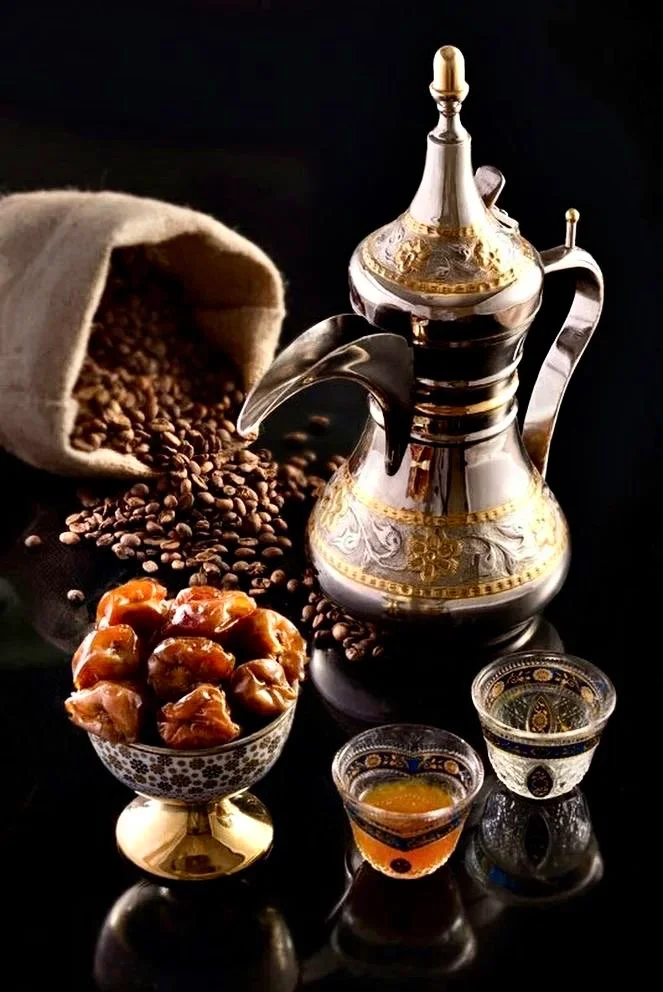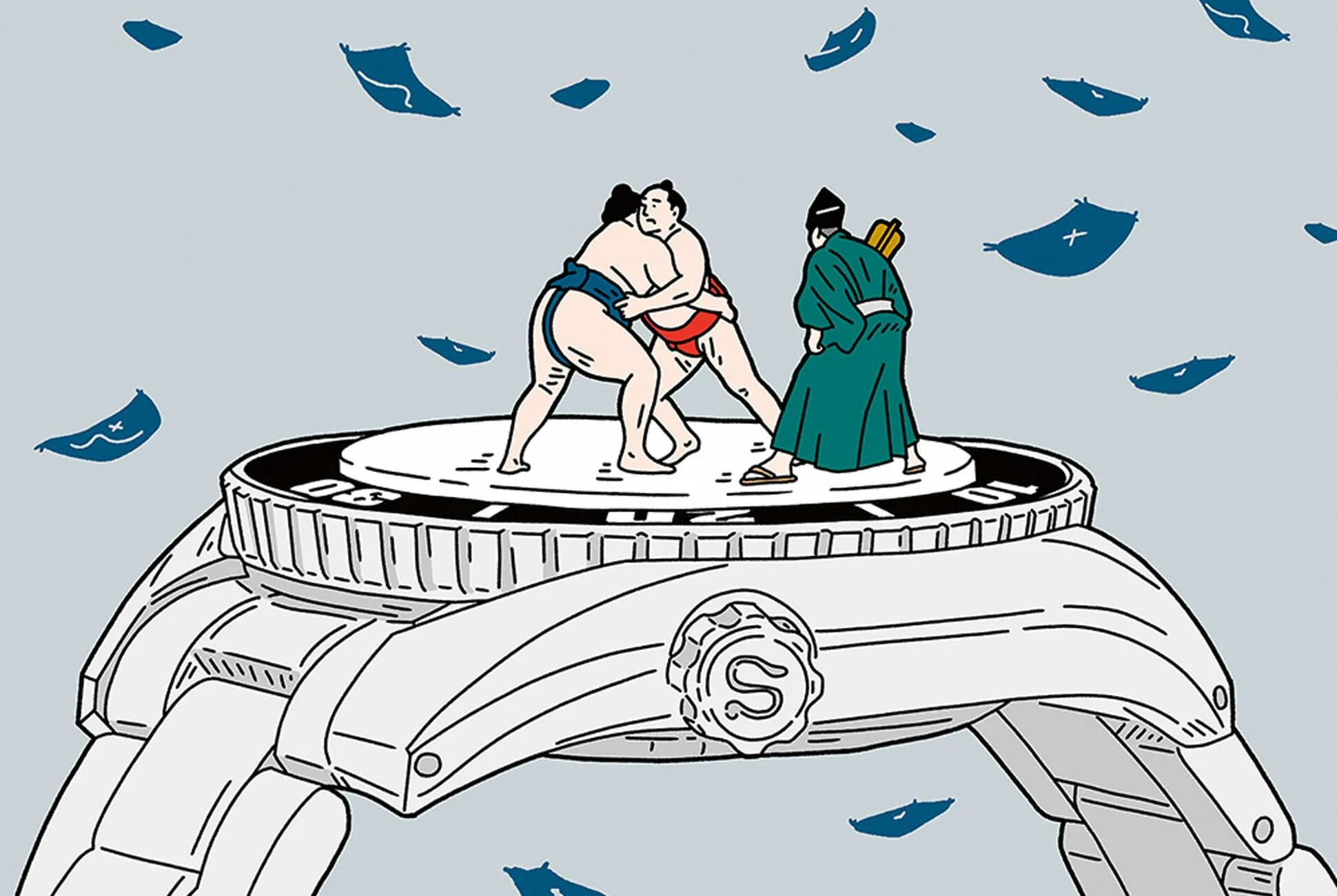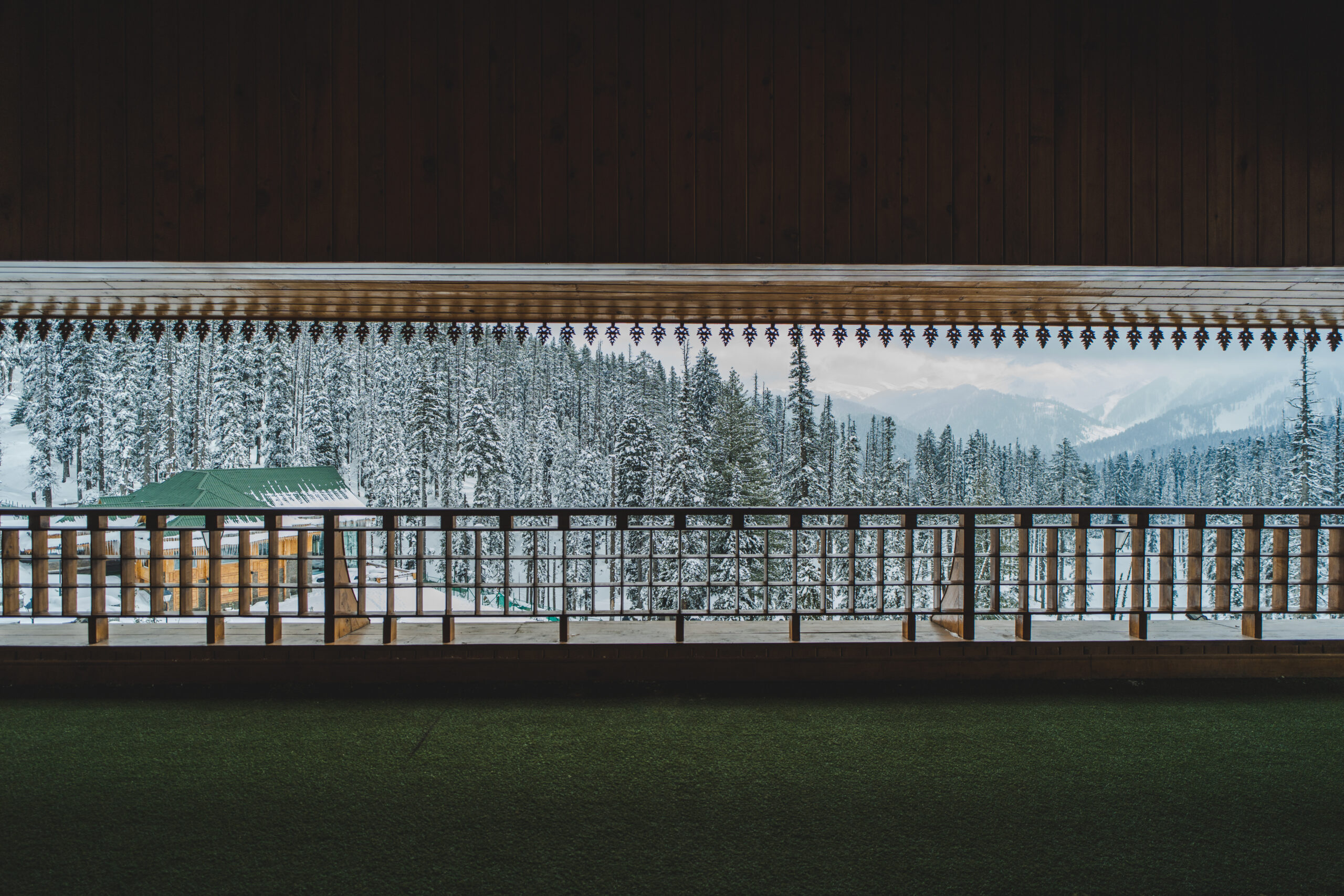The fabric of society comprises culture specific intricacies; one gets to experience the expanse of these intricacies during their travels. This dawned upon me on my recent voyages to the Middle East, in places where I ordered coffee I observed a peculiar importance given to the beverage. It was in Ras Al Khaimah where my tour guide Hessa Al Ali helped me understand how coffee is a vital symbol of hospitality throughout the region. She educated me on how good hospitality is determined through the quality of coffee and how it is served.
The specifics of coffee serving etiquette go back many centuries and whilst coffee is the second most traded commodity in the world each community has a different approach to its consumption, serving and brewing of it. Historians speculate that the great bean was introduced to Arabia circa 675 AD. However, it is only in the 15th century where the presence of coffee in the Arabian peninsula can be confirmed as the beverage was served in Yemen and Sufi monasteries.The purpose of the drink was used to keep them awake for longer prayer sessions during the night.
In Al-Jaziri’s manuscript, one can trace the spread of coffee from Arabia Felix (the present day Yemen) northward to Mecca and Medina, and then to the larger cities of Cairo, Damascus, Baghdad, and Constantinople. However, the popularity for the beverage was shunned as in 1511, it was forbidden for its stimulating effect by conservative, orthodox imams at a theological court in Mecca. However, these bans were overturned in 1524 by an order of the Ottoman Turkish Sultan Suleiman I, with Grand Mufti Mehmet Ebussuud el-İmadi issuing a fatwa allowing the consumption of coffee.
Until the 1600s, coffee was only consumed within Arabia. By the 15th century, coffee was widespread in the Yemeni district of Arabia. The beverage was enjoyed both within individual homes and at public coffee houses. Public coffee houses known as Qahveh Khaneh were meeting points for people from all walks of life. The role of these establishments were not solely limited to the serving and consumption of coffee, local entertainers would perform, individuals would discuss and debate a plethora of topics and some would sit back and play chess. Colloquially people referred to the coffee houses as the school of the wise.
The liquid refreshment rose in social importance when asking someone to get a cup of coffee became synonymous to discussing contracts, marriages or to settle a feud. In more traditional homes, coffee was served to the head of the household first so they could ensure that the highest quality of coffee was being served to their guests. Traditionally, Arabic coffee is prepared in front of guests. The coffee-making process begins by handpicking a selection of beans, then the beans are lightly roasted in a shallow pan over a fire, placed into a copper mortar and pounded with a copper pestle. The coffee grounds are placed into a large copper coffee pot; water is added and the pot is placed on the fire. Once the coffee is brewed it is poured into a smaller coffee pot from which the server pours it into small cups. There is a certain hierarchy that is followed when serving the coffee in which the most important or oldest guest is served first, filling a quarter of the cup, which can then be refilled. The standard etiquette followed is to drink at least one cup but not exceed three.
At the National Museum of Ras Al Khaimah, I learnt that the coffee was typically consumed in the Majlis, a meeting room or parlour at the front of the house. The caffeinated concoction is typically served with dates, dried fruit, candied fruit or nuts. Furthermore, the Majlis is characterised its qahawati – a trusted person that would serve the beverage to guests and important visitors. The cultural significance of coffee in the Arab world indicates how through time society is built upon certain traditions which the modern world has adapted from. Each facet of culture that we see and experience currently is an iteration of the lives our predecessors lead.
Words by Anithya Balachandran.
Photographs via Bayt Al Fann.




